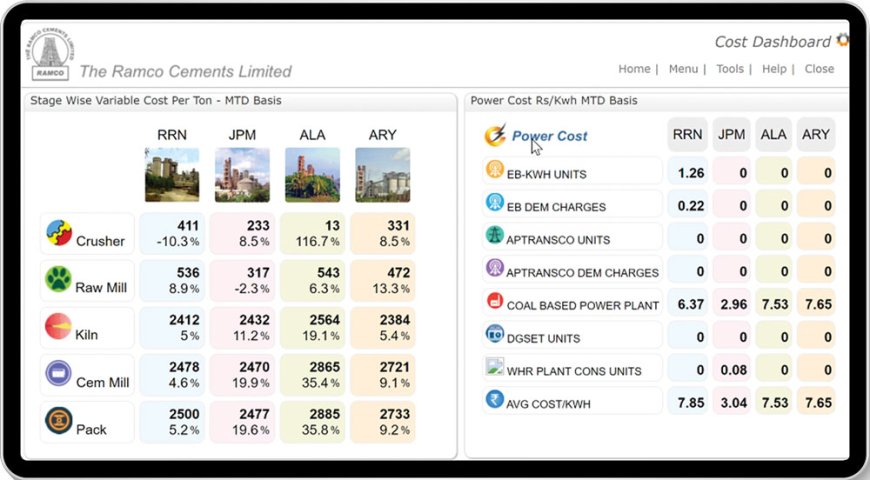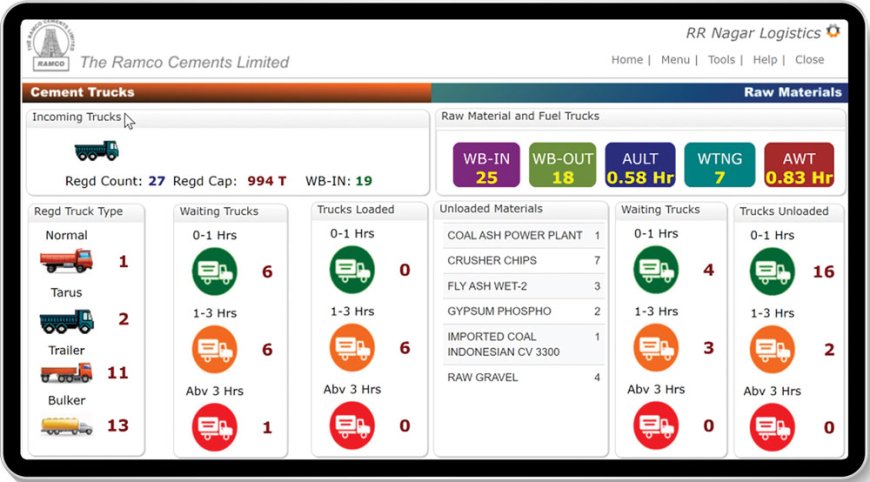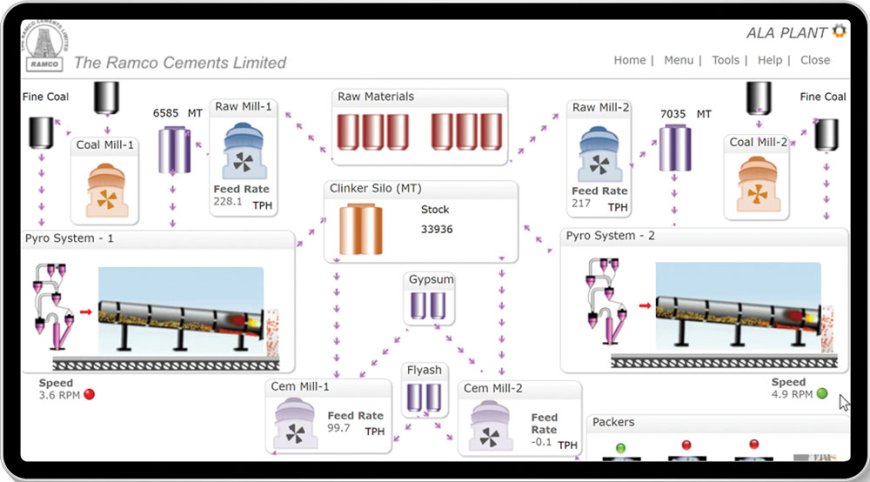Cement companies will shift from using a monolithic ERP to specialized enterprise solutions.
While the demand for cement is increasing, its manufacturing process is one of the most polluting.

How is sustainability gaining importance in Cement manufacturing?
While the demand for cement is increasing, its manufacturing process is one of the most polluting. Recent studies reveal that the cement industry accounts for 7% of global CO2 emissions, with 2.5 Gt of CO2 emitted every year. Moreover, the cement industry is the second leading source of total direct industrial CO2 emissions. 55% of emissions from cement production are due to limestone calcination.
Therefore, it is mandatory to adopt deep de-carbonization techniques required across the business cycle, starting from mining to production to dispatch.

Some of the ways cement manufacturers are reducing emissions include:
• Lower carbon in clinker
O Lower the energy consumption
O Increase the alternative fuels and green power
O Carbon capture, utility and storage CCUs
• Lower clinker in cement
O Lower clinker factor in grinding
O Increased blended cement
O Substituted cementitious materials
How are cement ERP and digital solutions paving the way for smarter and greener cement plants?
Data in cement plants are siloed, rendering the collaboration between the operating teams, plant heads and corporate teams weak. Though most companies have a generic ERP, the data is handled in Excel sheets. The Excel sheets are consumed by ERPs to build reports, which is both time-consuming and do not reflect what is happening in real-time.
To make cement production smarter, the ERP needs to consume raw data from SCADA systems and other plant equipment, process the information in a logical way and present it seamlessly and in real-time. Cement manufacturers are expected to gain benefits to the tune of a 5% reduction in energy consumption and 15% lower variation in quality through digitalization. In addition, the decision-making process becomes more streamlined through cement-specific analytical dashboards for C-Suite, Operations and Maintenance, Logistics and Compliance. An ERP built for the cement industry is best poised to deliver these benefits, when compared with a generic ERP system.

What are the key challenges faced by the cement industry in terms of productivity, energy costs and environmental impact?
The key challenges faced by the cement industry are:
· Lack of real-time visibility of the process data of the entire plant (mines to production to pack), which restricts the leadership from taking data-driven decisions.
· Inability to track delivery of shipments, which lead to delays and lower customer satisfaction levels
· Manual reporting and dependency on spreadsheets, which result in conflicting or erroneous data
· The manufacturing process is highly energy-intensive, with about 110 kWh of electrical energy and 3.4 GJ of thermal energy needed to produce one ton of cement. Energy costs account for 30-40% of the total production costs.


How is cement industry gaining traction in the use of Gen AI and predictive analytics to enhance efficiency and sustainability of cement plants?
Gen AI has the potential to disrupt the cement industry. Some use cases for this technology include:
· Conversational chatbots for engineers, which accept input queries in plain text and generate insights in an easily explained and interpreted way, what-if scenarios and troubleshooting maintenance issues.
· Gen AI also improves discrepancy detection by analysing maintenance logs through image recognition and natural language processing. AI can flag recurring issues, suggest corrective actions, and ensure no detail is overlooked, significantly boosting maintenance accuracy and safety.
Predictive analytics is currently having a major impact on the efficiency of cement plants. Some use cases include:
· Sensing the levels of demand for cement based on historical trends and current market conditions, weather parameters and other such factors
· Analyzing real-time data from equipment to predict failures and take corrective action in a timely manner, thereby reducing downtime
How do you look at the future of Cement ERP with advanced technology in cement production?
In the coming future, cement companies will shift from using a monolithic ERP to specialized enterprise solutions that best meet their needs across diverse areas. Advanced technologies such as Gen AI, predictive analytics, agentic AI and digital twins will enable companies to streamline their operations, reduce costs and obtain a 360-degree view into their operations.







